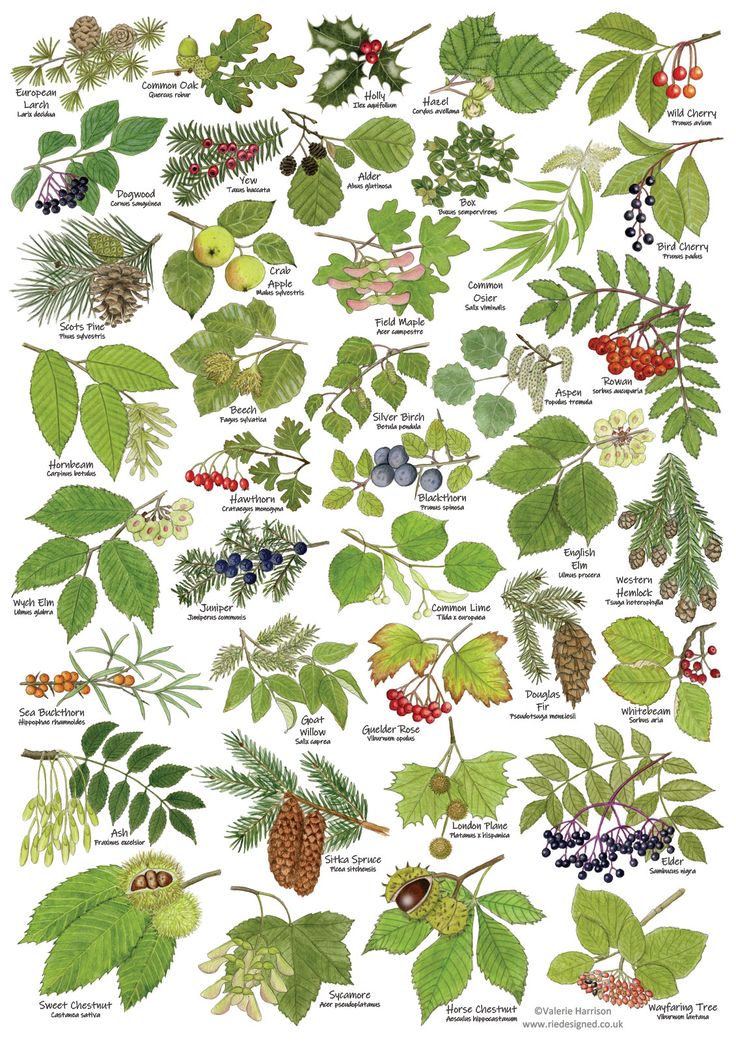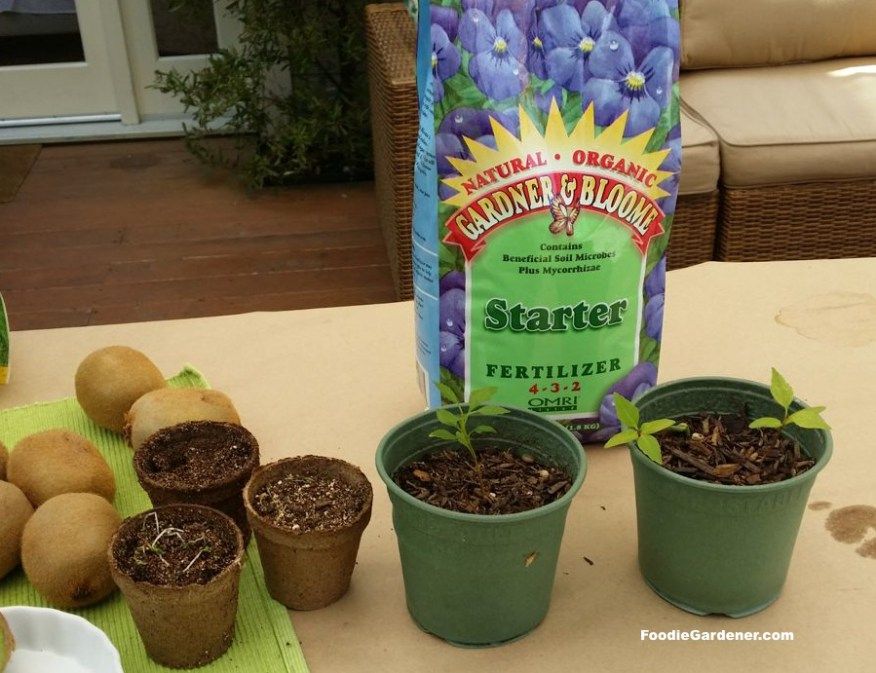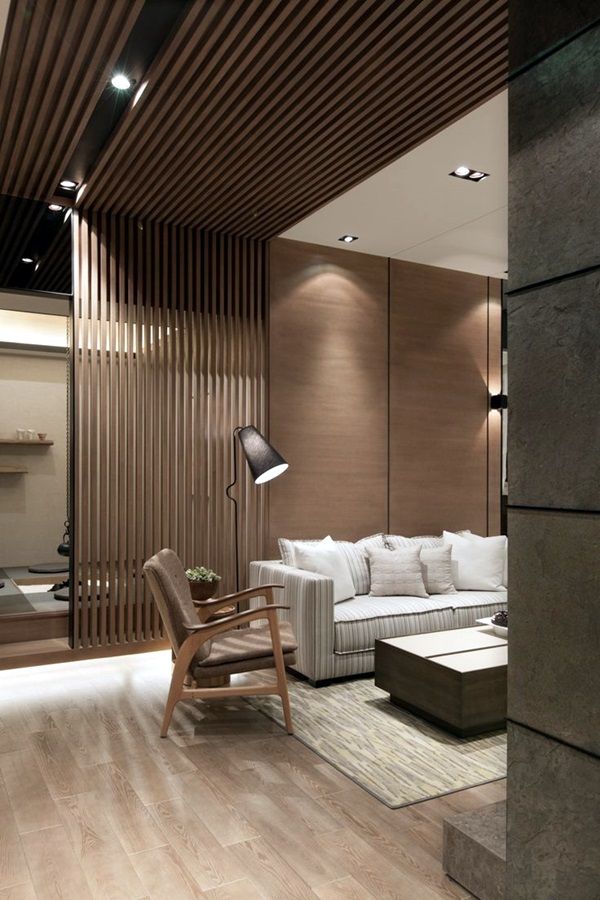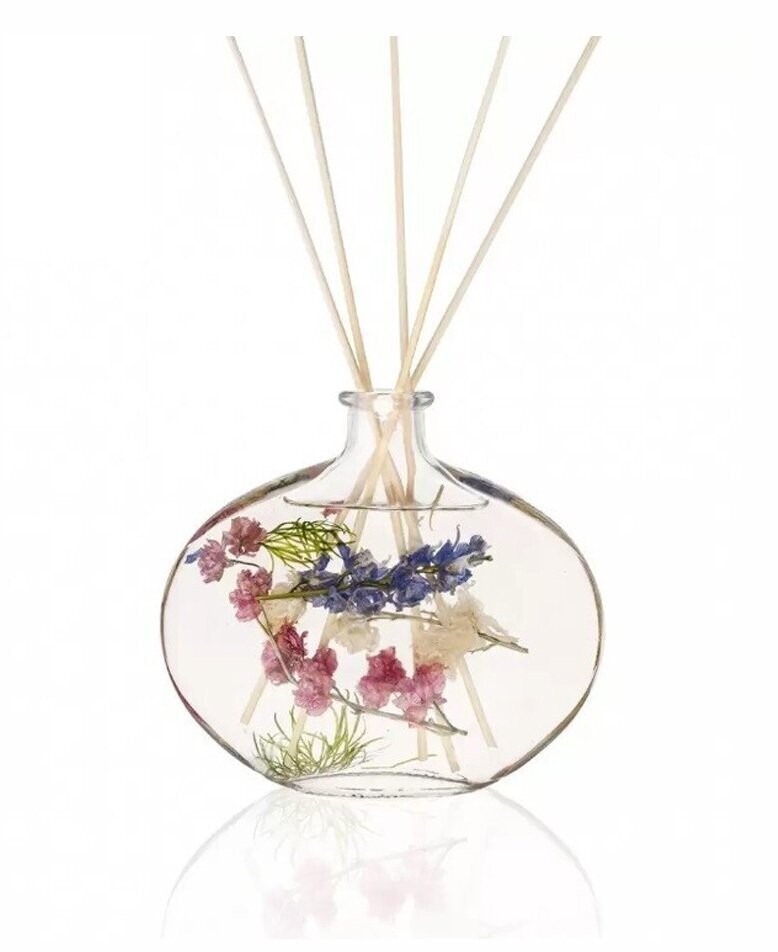Uk trees identification
A simple guide to identifying British trees
Simon Lester goes out on a limb to identify species and stop us barking up the wrong tree.
Whether it’s a majestic oak or a wind-pruned thorn hanging on to life on an exposed coastline or a desolate moor, Britain’s trees are a truly remarkable and defining feature of our landscape.
Solemn, stately and statuesque, they have towered over our countryside for some 400 million years, offering breathtaking beauty, shelter, shade, fuel, food and the most versatile building material known to man. They are living documents of our very existence, which bring reassurance and hope through their indefatigable ability to outlive us.
Here’s our simple guide to identifying British trees.
Common lime – Tilia x europaea
Probably the tallest broad-leaved tree in Britain, the common lime is set apart from other limes by bushy side shoots that start from near the ground. Often seen in streets and parkland, this galleon of a tree is a true joy to sit beneath in July, when its sweetly scented flowers attract gently buzzing bees.
As well as feasting on the nectar and pollen, insects love to drink the honeydew deposited by aphids on the tree’s delicate, heart-shaped leaves, which have tiny tufts of white hair in the vein axils.
English oak – Quercus robur
Also called pedunculate oak, because it bears fruit or acorns on long stalks or ‘peduncles’, this is the most common oak in Britain. Set apart by its generous trunk, sturdy, crooked branches and expansive crown, the female flowers bloom on upright stalks, with the male equivalent appearing as hanging catkins.
Acorns develop, usually in pairs, next to alternate and distinctively scalloped stalkless leaves that have ear-like lobes at the base.
London plane – Platanus x hispanica
Brought here from Spain in the 17th century and planted for its ability to thrive in urban conditions (thanks to its bark, which sheds in large flakes, preventing the tree from becoming suffocated under sulphurous grime), the London plane is a hybrid of the Oriental plane and the American plane.
Its large, bright-green serrated leaves are up to 6in or more across, set alternately on the stem and not in opposite pairs. Ball-shaped male and female flowers flourish on the same tree, albeit on different stems. Once pollinated by the wind, the female flowers develop into bristly fruits.
Common beech – Fagus sylvatica
The mature beech—which can reach 130ft and develop a massive, many-branched dome—is a sight to behold, especially when it comes into bright-green leaf in May.
The dense canopy means only shade- tolerant plants can survive. However, this is made up for by the way splendid stands of these trees set the countryside ablaze in autumn, when their leaves turn orange, then rich red-brown. Both male (tassel-like) catkins and female flowers grow (in pairs, encased by a cup) on the same tree, which, once pollinated by the wind, houses beech mast.
Scots pine – Pinus sylvestris
Scotland was once covered by ancient Caledonian pine forest, but, now, only about 50,000 acres of these Tolkein-esque trees remain in the Highlands. Capable of reaching 115ft and living for 700 years, the trees’ scaly, warm-orange bark fissures with age.
Capable of reaching 115ft and living for 700 years, the trees’ scaly, warm-orange bark fissures with age.
Evergreen needles, which are shorter than those of other pines and have a blue tinge, are slightly twisted and grow in pairs on side shoots. Yellow male flowers appear at the base of these shoots and globular, blood-red tipped female blooms grow at shoot tips. Once pollinated by the wind, female flowers turn green and develop into cones.
Crack willow – Salix fragilis
Difficult to distinguish from the white willow, the crack willow—which likes to grow on lowland wet soils, particularly by water and in woods—is so called because of the sound its branches and twigs make as they snap and fall to the ground.
Its narrow, oval, elongated leaves are shorter than those of the white willow and it’s dioecious, with male and female flowers seen on sep- arate trees in May—male catkins are yellow and female catkins green.
English elm – Ulmus minor var. vulgaris
It seems ironic that the billowing, once widespread English elm used to be associated with melancholy and death (possibly because dead branches can fall without warning), only for it to be ravaged by Dutch elm disease in the late 1960s.
With double-toothed, round-tipped leaves, the elm’s blush-tinged, tassel-like flowers appear in February and March and, once pollinated by wind, become winged fruits called samaras that are cast forth in the breeze.
Field maple – Acer campestre
The field maple is Britain’s only native maple—and yes, its sap can be used to make syrup. Often spotted in hedgerows, it can be identified by the five, rounded lobes of its olive leaves—which fade to ochre in autumn—svelte twigs and light-brown, flaky bark.
Its flowers appear to be hermaphrodite, but they’re dominated by either male or female sexual parts, which are small, yellow-green, cup-shaped and hang in clusters. After pollination by insects, they become large, winged fruits, which are scattered by the wind.
After pollination by insects, they become large, winged fruits, which are scattered by the wind.
Common hazel – Corylus avellana
Long believed to possess magical powers, the hazel is often coppiced, but can reach 40ft and live for up to 80 years. Long, pale-yellow catkins appear and shed their pollen in February, before toothed and hairy leaves unfurl.
The hazel’s tiny, female flowers, which are tipped with red stigmas and almost hidden within the leaf-buds, are pollinated by the wind and eventually mature into clusters of up to four brown nuts, each surrounded by jagged-edged green bracts.
Holly – Ilex aquifolium
Glossily evergreen, this much- loved conical-shaped tree, with its prickly, darkest-emerald leaves and bright-red berries (which only adorn female trees), has been used as a winter decoration since pre-Christian times. The thickness and waxy surface of its leaves help them to resist water loss and last up to four years on the tree, which explains how sprigs and wreathes can survive the festive season.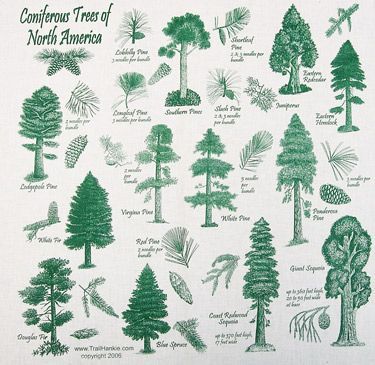
Seen as a fertility symbol and a charm against witches and goblins, cutting down a holly tree—which only has spiky leaves at the bottom to desist browsing animals—was considered unlucky.
Hornbeam – Carpinus betulus
Often confused with common beech, but the buds on winter twigs of hornbeam lie flat, rather than sticking out at a wide angle as with beech. A fluted trunk also distinguishes the tree, along with hanging clusters of triangular, ribbed nutlets ringed by long, three-lobed bracts.
Male (dangling catkins) and female (leafy buds) form on the same tree and, after pollination by the breeze, female catkins become green-winged fruits known as samaras.
Horse chestnut – Aesculus hippocastanum
Introduced to Britain from Turkey in the 1600s, the horse chestnut is more common in parks, gardens, along roads and on village greens than in woodland.
Towering up to 130ft and living as long as 300 years, it’s easily identified by its handsome palmate leaves comprising five to seven pointed, toothed leaflets and the arresting ‘candles’—spears of white blossom, with a pink flush at the base—that adorn it from May. Once pollinated by insects, each flower becomes a burnished red-brown conker encased in a spiky acid-green husk, which falls in autumn
Once pollinated by insects, each flower becomes a burnished red-brown conker encased in a spiky acid-green husk, which falls in autumn
Common alder – Alnus glutinosa
I’m fond of the dark-green, round- leaved alders that escort the rivers that wind down from the moor, below our house in the Scottish borders, en route to the Border Esk. One of the few trees on which leaves stay verdant well into the autumn, it’s the alder’s catkins that make it stand out from the rest of the trees in the wood. Although the fruits ripen in October, they remain throughout the winter as brown, woody cones, until the seeds are dispersed in spring.
Common ash – Fraxinus excelsior
The ash is one of our tallest trees, easily distinguished by fronds of 6–13 avocado-coloured toothed leaf- lets that sit opposite each other. Look out for short, black buds in opposite pairs on smooth, grey twigs.
The ash, on which spiked clusters of purple-tipped flowers usually appear on different trees, but, paradoxically, can develop male and female flowers on different branches of the same tree, is susceptible to ash dieback. Once pollinated by the wind, these flowers become winged fruits known as ‘keys’.
Once pollinated by the wind, these flowers become winged fruits known as ‘keys’.
Aspen – Populus tremula
Also known as ‘quaking aspen’, possibly due to the way its small leaves—which are borne singly on long, flattened stalks—tremble in the breeze, creating a rustling sound, the aspen’s leaves are a coppery-brown shade when they first unfurl in spring, fading to amber in autumn.
With dainty trunks cloaked in silvery-green bark, often pitted with diamond-shaped pores called lenticels, individual aspens produce exclusively male and female flowers (catkins) in March or April, before the leaves appear. Fertilised female catkins ripen during the summer, before releasing tiny, tufted seeds.
Rowan – Sorbus aucuparia
The rowan is a graceful, open tree with smooth, grey-brown bark and pinnate (feather-like) leaves comprising eight pairs of long, oval and toothed leaflets. Its extreme hardiness— which means that, along with the silver birch, it can be found higher up on mountainsides than any other tree in Britain—explains why it’s sometimes known as the mountain ash.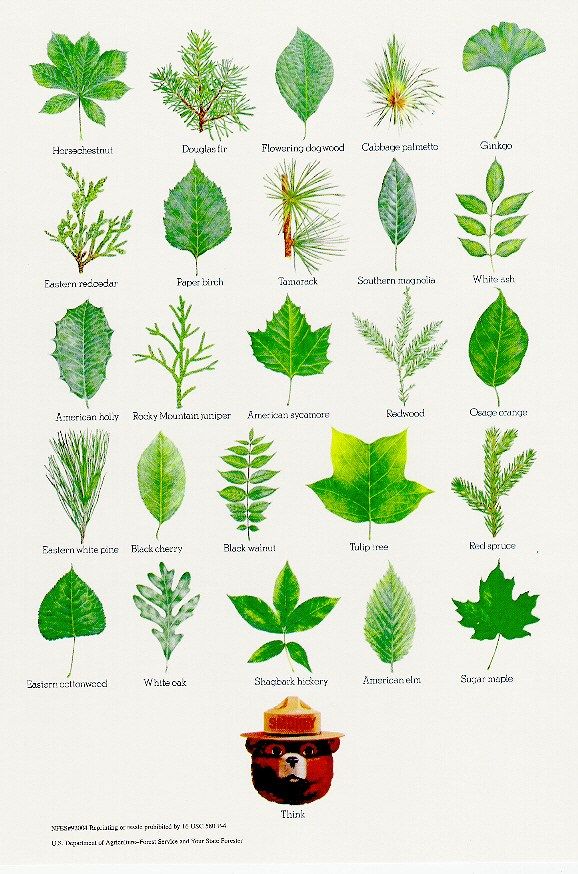
Widely planted as a street or garden tree, it’s a hermaphrodite and comes into its own in May, when clusters of white blossom spread over the crown. By September, these have become the lipstick-red berries that make a great jelly to go with game.
Sessile oak – Quercus petraea
So-called due to its stalkless (sessile) acorns, Britain’s second native oak is usually found in less fertile upland areas. When mature, it forms a broad and spreading crown and tends to be taller, with a more elongated, straighter trunk, than an English oak.
Male and female flowers are found on the same tree, with male flowers forming green catkins and females appearing as discreet clusters of bracts (modified leaves), which resemble red flower buds.
Silver birch – Betula pendula
Easily recognisable as one of Britain’s native trees, thanks to its slender trunk and pearly-white bark, the silver birch grows higher up mountains than any other deciduous tree.
Its delicate leaves, with a straight base and large teeth, alternate along slim, whip-like, red-brown twigs and the branches usually droop downwards, hence the Latin name pendula, which means hanging. In winter, when viewed en masse from a distance, the naked branches of this feminine and graceful tree radiate a soft, purple hue.
Sweet chestnut – Castanea sativa
Widespread in coppices and park- lands, but rare in the North and West, the sweet chestnut has grown in Britain since Roman times. As cool British summers prevent nuts ripening, most chestnuts eaten in the UK are imported. Large, narrow trees with long and slim leaves, saw-like teeth and parallel veins and lots of low branches, sweet chestnuts punctuate parks or former parkland.
Unusually, its catkins bear mostly male flowers and others have both male and female—female flowers form at the base and tassel-like male flowers at the tip of the catkin, which in autumn, develops into a spiky husk containing up to three nuts.
Sycamore – Acer pseudoplatanus
Introduced from France in the Middle Ages, the sycamore is a common sight in woodlands and gardens. Set apart by its winged fruits, which, in October spiral to the ground rather like helicopter blades, this tree—with a massive domed outline and dense foliage—is also distinguished by its dark green, leathery-like toothed leaves, which don’t look unlike those of the maple. Greenish-yellow flowers appear, along with the leaves, in May and June.
Yew – Taxus baccata
Long associated with churchyards, the yew can reach 600 years of age, with some British specimens pre-dating the 10th century. A symbol of immortality, but also a harbinger of doom, the yew has small, ramrod- straight needles with pointed tips that grow in two rows on either side of each twig.
Recommended videos for you
Male and female flowers—which grow on separate trees—appear in March and April. The yew doesn’t bear its seeds in a cone; each seed is enclosed in a red, fleshy, berry-like structure known as an aril, the only part of the tree that’s not toxic.
The yew doesn’t bear its seeds in a cone; each seed is enclosed in a red, fleshy, berry-like structure known as an aril, the only part of the tree that’s not toxic.
If you liked our simple guide to identifying British trees you might also like:
From deciduous woods yet to fill out with leaf, to windswept hilltop shingle beach and riverbank, our flora can give
Are you able to tell your woolly bears from your elephant trunks?
The Guide to British Trees: ID and Facts
Everything you need to know about British trees. From identification, folklore and history to the pests and diseases that threaten them.
-
Trees woods and wildlife
A-Z of British trees
Explore our simple A-Z identification guide to the trees of Britain, from natives to naturalised and widely planted non-native species.
 You'll find images, tree descriptions and information on where you're likely to find them.
You'll find images, tree descriptions and information on where you're likely to find them. -
Trees woods and wildlife
Identify trees with our Tree ID app
Download our free Tree ID app for Android and iPhone to identify the UK's native and non-native trees. It's an A-Z tree guide in your pocket.
-
Trees woods and wildlife
How to identify trees
All trees have clues and features that can help with identification. You just need to know what to look out for with our quick guide.
-
Trees woods and wildlife
Tree pests and diseases
Learn more about the pests and diseases threatening our trees. Find out how to spot them, the symptoms and outlook, and how you can help.
-
Trees woods and wildlife
Ancient trees
Ancient trees are irreplaceable.
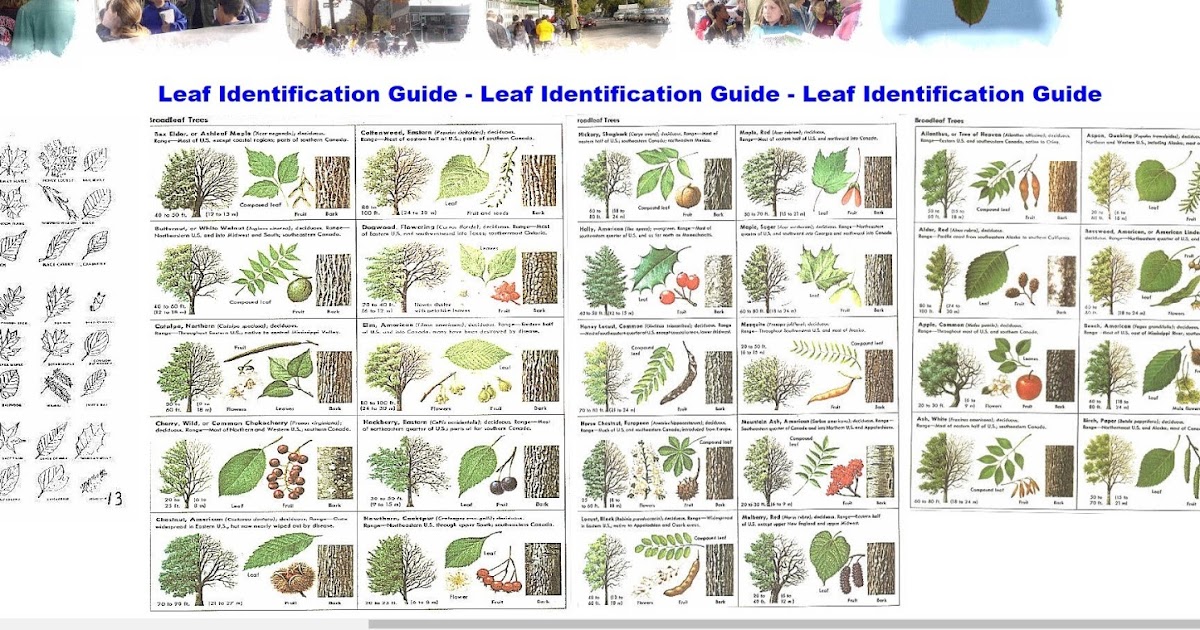 Steeped in history, these impressive trees have been standing tall for hundreds of years and are invaluable homes for wildlife.
Steeped in history, these impressive trees have been standing tall for hundreds of years and are invaluable homes for wildlife.
Buy British trees from our shop
We have single trees and tree packs to meet your needs, from wildlife to woodfuel. Delivery is free.
Shop now
Why we need more trees
-
Trees woods and wildlife
How trees fight climate change
Planting more trees is the best climate change solution. Find out how trees lock up carbon and how many we need to reach the UK's carbon net zero target by 2050.
-
Trees woods and wildlife
Can woods and trees reduce flooding?
Find out how native trees and woods can help alleviate the devastating effects of climate change.
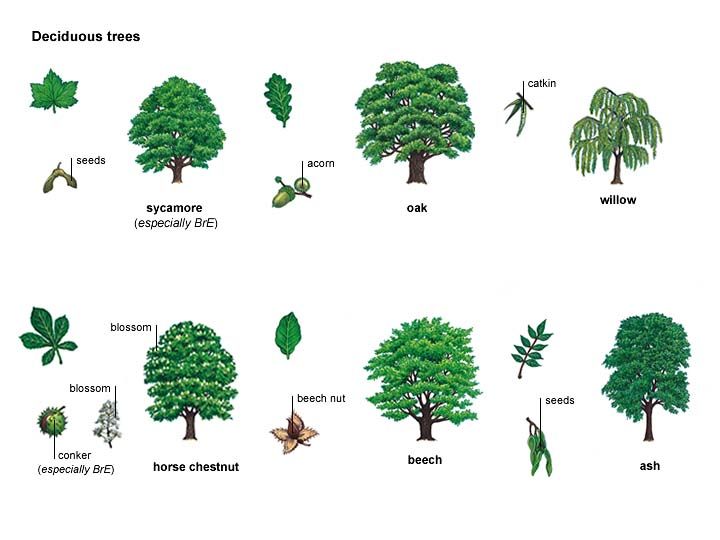
-
Trees woods and wildlife
Why are trees important for biodiversity?
Woodland is home to a wealth of wildlife. If we don't protect what we have left and work to create woodlands of the future, we stand to lose more than just trees.
-
Plant trees
Agroforestry benefits nature, climate and farming
Integrating trees in arable crops and livestock systems makes agroforestry a win win for sustainable food production and the natural environment.
-
Trees woods and wildlife
Why woods are good for our health and wellbeing
Along with improving our quality of life, woods and green spaces can help make us physically and mentally healthier.
-
Protecting trees and woods
What urban trees do for us
They green our cities.
 They clean our air. They fight the effects of climate change. They even increase the value of our houses. Urban woods and trees do so much for people, wildlife and our economy.
They clean our air. They fight the effects of climate change. They even increase the value of our houses. Urban woods and trees do so much for people, wildlife and our economy. -
Trees woods and wildlife
Tackling air pollution with trees
Air pollution can have a serious impact on our health, global climate and biodiversity, but there are ways to reduce it. Discover the role trees have to play.
Test your tree knowledge
Blog
Summer tree identification: can you name these nine trees?
Helen Keating • 13 Jul 2020
Blog
Autumn leaf identification quiz: can you identify these 10 trees?
Helen Keating • 21 Sep 2020
Blog
How to identify winter trees quiz - twigs, buds and silhouettes
Helen Keating • 17 Dec 2020
Blog
How to identify elderflower and what to do with it
Helen Keating • 03 Jun 2021
Blog
Hawthorn and blackthorn: what’s the difference?
Charlie Mellor • 09 Apr 2019
Blog
What’s the difference between nuts and seeds?
Charlie Mellor • 29 Aug 2019
Visiting woods
Find a wood near you
Search thousands of woods across the UK and gather information on the local facilities, features, wildlife and history in the area.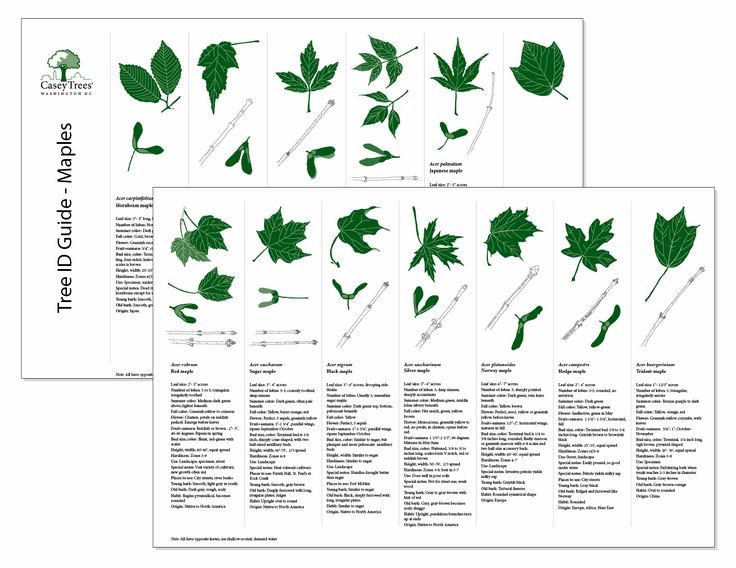
Find a wood
36 tree species in and out of the British forests
You walk through the woods, hit the bushes, climb the trees, listen to the wind through the leaves and feel the crunch under your feet.
These are the great British forest trails that bring such a sense of calm and redirection. But what kind of trees do you weave between them? Which sapling you passed will change on your next adventure? And what big trunk do you use to hang your camping hammock (if you like wilderness camping)? nine0003
Here in the UK we are a small and mighty island. But this does not mean that we do not have room for a large number of trees to grow their branches. In fact, there are about 80 species of native and non-native trees firmly rooted in British soil.
With this we thought it would be best to finally answer one of the most common questions we get from travelers, explorers and travelers in the UK: what types of trees are common in the UK? nine0003
So, this guide to the botany of native British trees (and some additions to the side) is brought to you, covering everything from the types of bark that sweep their majestic stumps, to the categories of every tall building in nature, and more.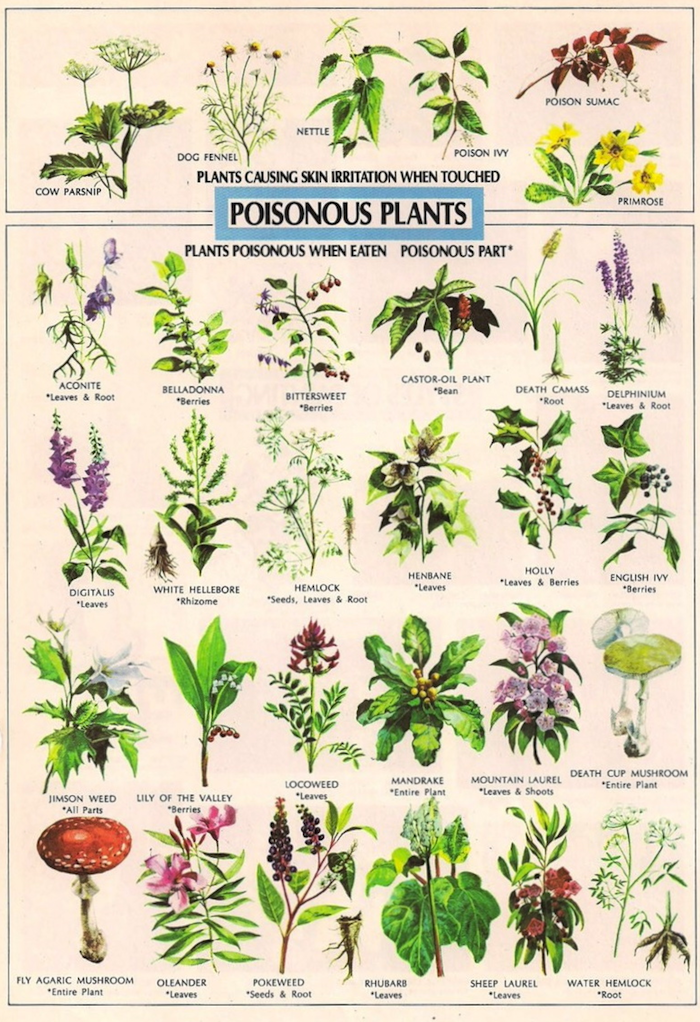
Here is what you will learn from this article about tree types:
- Evolution of trees
- Difference between native and non-native tree types
- Categories of tree types with deciduous trees and coniferous trees
- How to identify certain types of trees in the forest
- 36 native tree species in the UK countryside
One of the best things you can do is to be able to expand your own passions and adventures. To be able to include more fun and exploration in every step of your free time.
This could be a way to appreciate the Earth's lungs by using the carbon dioxide in the atmosphere and releasing oxygen for all of us floor creatures to breathe. nine0003
So, if you're breaking in your hiking boots, a beginner on two wheels, an experienced treasure hunter, etc., consider using this guide to the types of trees in the British Forest and beyond as an observer's notebook. You can mark some of them on the list or create new routes through the peaks in search of a particular bark.
You can mark some of them on the list or create new routes through the peaks in search of a particular bark.
Now let's get down to business:
Tree evolution
As a brief introduction, trees have been around longer than we have. In fact, they lived to see the dinosaurs, saw the world freeze over, and thrived in the concrete jungle of today. They're pretty indestructible when you think about how far they've actually come. nine0003
They are photosynthetic perennials with tall trunks, strong bark and branches that can support the weight of a thousand leaves.
Trees, like any other living beings on Earth, originated from something completely different. They did not become so tall or branched out to create such encircling umbrellas of crowns. (PS crown of a tree is the part with long winding branches and pale green leaves, also known as the crown).
In fact, they all started life very small, like bushes of gymnosperms. This means that their seeds are directly exposed to the air without the need for flowering or pollination.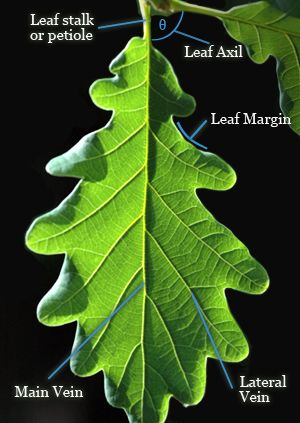 The opposite of these types of trees are angiosperms, which grew alongside mammals and began to use mammals such as bees to pollinate seeds through flowers. nine0003
The opposite of these types of trees are angiosperms, which grew alongside mammals and began to use mammals such as bees to pollinate seeds through flowers. nine0003
However, competition for rain and sunlight meant that the trees that could grow taller were the trees that could grow and pollinate. Over time, we have had higher and higher types of trees grown all over the world in angiosperm and gymnosperm botany classes.
Difference between native and non-native tree types
Native British tree botanics require very different care and growth supplements than non-native trees. In the sense that there are over 60,000 different types of trees in the world, and only 80 of them can sprout and grow in UK soil. nine0003
Despite this, there are a number of non-native trees that have been introduced to British soil and have flourished over the years. Some of them, as you might think, come from the British countryside.
For example, cedar, beech, apple, elm, horse chestnut and even the Cypriot Leyland tree.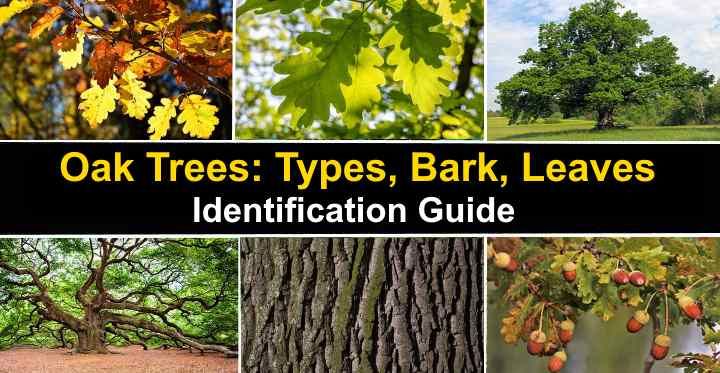
Native trees in the UK such as cherry and ash do not pose a risk to the environment or local ecosystems as they have developed with well-established roots. However, while the introduction of tree species from around the world has helped ecosystems thrive in some scenarios, others have proven invasive and destructive. nine0003
Non-native and invasive tree types (whether deciduous or coniferous and whether classified as angiosperms or gymnosperms) have the ability to outcompete native plant species and completely alter ecosystems.
Despite this, many of them have been growing deep in British soil for over 100 years without showing any signs of invasiveness until now, and it is believed that 8% of all non-native trees have such invasive properties.
So it might be worth recording any sightings of these trees while you are wandering in the forest and notify the Royal Horticultural Society. nine0003
A few examples to keep on your watch list are the Silver Maple Tree and the Plane Tree.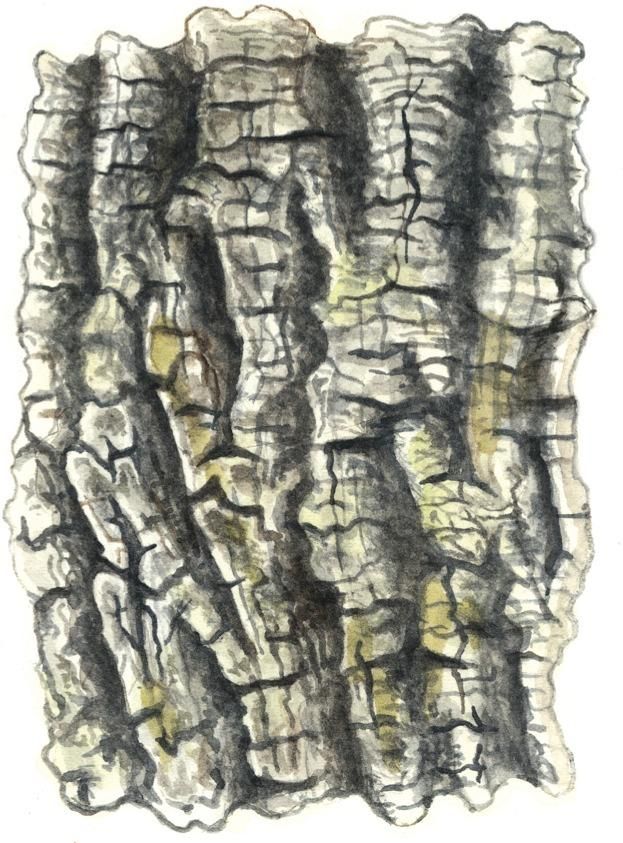
Tree type categories with deciduous trees and coniferous trees
There are two types of trees in the world: deciduous trees and coniferous trees. The latter should not be confused with carnivorous cannibal trees, since, fortunately, they do not exist.
Basically, for simplicity, we can call deciduous trees and coniferous trees seasonal trees and evergreen trees, respectively. nine0003
This is due to the fact that deciduous trees grow with hard wood and leaves that eventually shed and grow back. This shedding occurs in autumn, ready for winter, when there is not enough sunlight to justify the energy expended in keeping the leaves alive. So they shed their leaves, hibernate for the winter, and wait for spring photosynthesis to bloom and grow.
Most commonly deciduous trees tend to have broad leaves, flowers and fruits. But they can be classified as angiosperms or gymnosperms by their germination. nine0003
Good examples of deciduous trees are apple, elm, maple, white ash and aspen.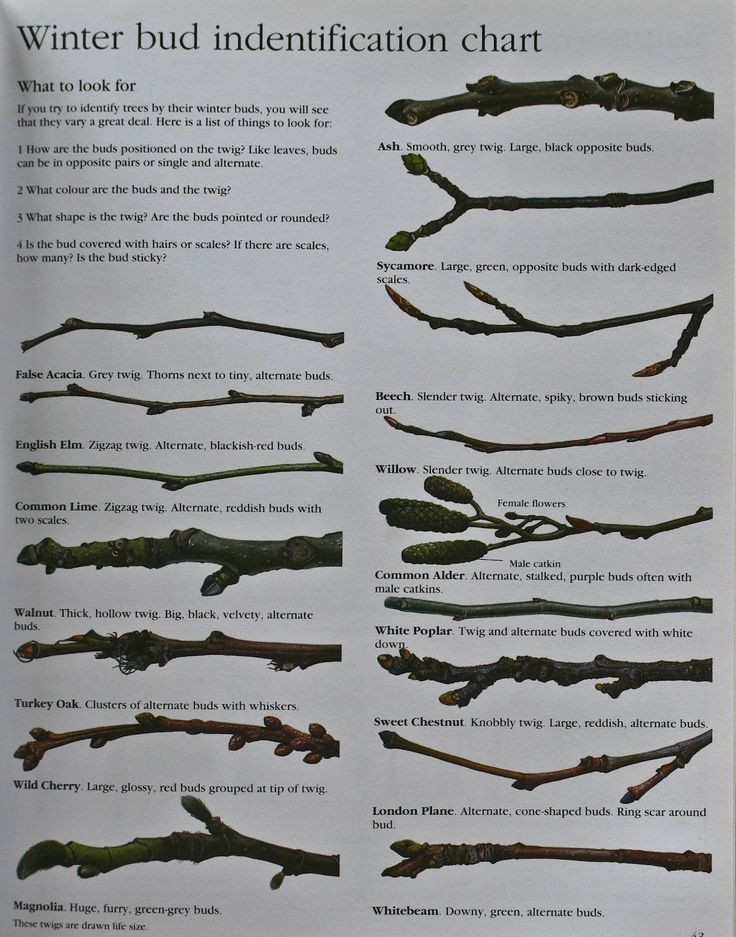
Moving on to conifers, they are evergreen because their leaves never change color or fall in winter. They usually have needles and spines rather than leaves, withstand the cold, and look the same all year round.
This means they are great for protecting your garden privacy all year round. In addition, more useful benefits from non-flowering conifers; In winter, birds seek refuge in the dense needles of evergreen trees. nine0003
Again, conifers can be either angiosperms or gymnosperms in terms of germination, but in most cases, because their tree types rarely flower, they are gymnosperms.
How to identify certain types of trees in a forest
Trees can be identified in a variety of ways, such as looking for age in the bark, germination methods in the crown, or even species in the leaves.
Tree identification is both fun for the adventurer and a necessity for the explorer. For example: like us here at Hobby Kryze, you are likely to be an adventurous person looking for ways to find new hobbies, passions and interests related to nature, walking and other combined hobbies. So being able to "collect" tree sightings can be a fun and enjoyable task. nine0003
So being able to "collect" tree sightings can be a fun and enjoyable task. nine0003
However, tree researchers and surgeons need to understand things like: inventory studies if a new species has been replanted, age of the tree, invasiveness if the tree is diseased, genetic studies, management studies and atmospheric studies, among many others.
If you want to delve into the botany of native British trees and identify some of the trunks, here's what you can find:
- The size of the tree should indicate the age of the tree. Because many trees are over 100 years old, they will have very wide trunks, long branches, and large crowns (or crowns). nine0016
- The shape of the tree may give something away. For example, conifers have a tapered structure, which means they have many branches at the bottom of the tree and fewer at the top as it grows. However, deciduous trees can look like giant mushrooms.
- Looking to see if a tree has leaves or needles can be an important indicator (along with shape) of the types of trees you're looking at.
 If a tree has needles, spines, or scales, it will be coniferous. But, if it has broadleaf, it will be Deciduous. nine0016
If a tree has needles, spines, or scales, it will be coniferous. But, if it has broadleaf, it will be Deciduous. nine0016 - Examine the condition of the bark to determine tree type and age. For example, if the bark has ridges, depressions, scales, smoothness, cracks, or a shiny hue.
- Adhering to the bark, the color (whether brown, red, yellow, green, black or grey) can indicate the age of the tree as well as its health. If you see a tree with black bark, it may be infected with a certain fungus.
- This may take some time, but it's worth identifying the types of trees or their category if you're unsure. Waiting for winter will result in a stark difference between deciduous and coniferous trees. nine0016
- Examine the surrounding areas of the tree. This can greatly affect whether the tree can germinate and how the tree continues to grow. For example, alder is a water-loving species and is unlikely to be found far inland.
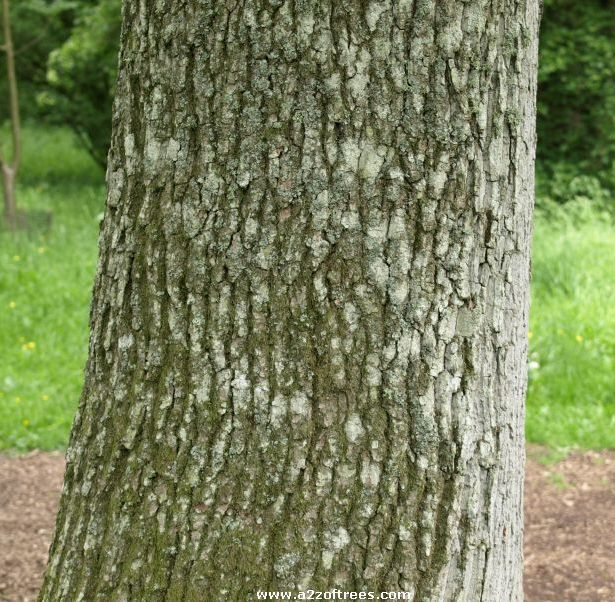
- Looking at flowers, fruits and seeds often give a clear indication of a particular type of tree. For example, apples on an apple tree, cones on a pine tree, and helicopter seeds on an ash tree.
- The types of leaves you look at on a deciduous tree will also narrow down the tree species. There are three types of leaves: simple, complex-pinnate and complex-fingered. The structure of compound pinnate leaves has one long vein with leaves germinating in pairs, like those of an ash tree. The complex palmate structure looks almost like a hand where the vein stops and from there grows many leaves, very similar to the sycamore tree. However, simple deciduous trees do not have this pattern. nine0016
36 native tree species in the UK countryside
As we mentioned earlier, there are over 70 different types of trees growing deep into our British soil for us to appreciate as we stroll through the wilderness.
However, as we have already said, many of them are not native species, and we wanted to give you a piece of the house by presenting the botany of native British trees in this article.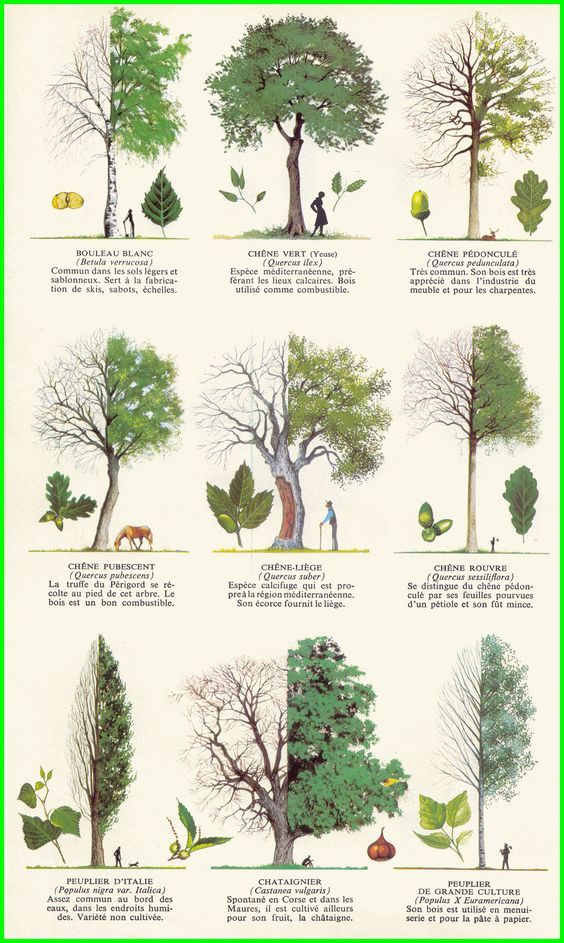
Take a look at the 36 types of trees found in the UK (some of them have more than one type such as birch, linden, whitebeam and willow!):
Alder is a moisture-loving plant grown close to rivers and lakes. It is a deciduous tree whose leaves and catkins grow from spring to autumn and are shed during the winter months. Their telltale sign is their leaf: typical and green, but notched at the tip.
Alder sea buckthorn
Growing up to only 6 m in height, sea buckthorn alder enjoys a good reputation; it is known that it is part of gunpowder, and is also a natural pigment. With a simple texture, the green leaves have a slightly hairy texture and can produce small red berries through the end of summer. nine0003
These 35 meter tall trees are emblematic of the English countryside. It is a deciduous tree with a large crown, compound feathery leaves, and small, winged fruits that are wind-pollinated and fall in early spring. The gift is a classic "helicopter" fall from winged fruits.
These types of trees are most commonly found in the northwest of Scotland and grow best in moist soils near lakes and rivers. This is another deciduous tree with bright green leaves (although they are rounder). However, the flowers stand out; they are long, fluffy and pink! nine0003
Birch (Fluffy and Silver)
There are two types of birch in native British tree botany: downy birch and silver birch. Characteristically, both are deciduous trees with soft bark on the outside and hard wood on the inside. Downy birch grows furthest north, and drooping birch has a pale and shimmering bark favored by gardeners.
Bird cherry
A spring flowering tree, the bird cherry is a stunning addition to the rolling British countryside. It is a deciduous tree with a smooth trunk, drooping branches with serrated oval leaves, and tiny white flowers clustered on the main stem. At the end of September, small drupe berries also ripen. nine0003
Black poplar
A rare edition in British botany, these magnificent tree species can live up to 200 years in East Anglia with cotton-like flowers, red catkins and balsam-scented heart-shaped green leaves.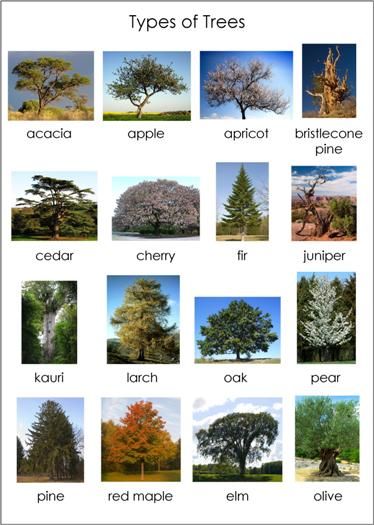 Interestingly, its wood is used to make dentures, toys, shelves and even bowls.
Interestingly, its wood is used to make dentures, toys, shelves and even bowls.
Blackthorn may look like bird cherry from a distance with its white flowers. However, up close, it is distinguished by larger flowers, blue-black fruits, and long, pointed leaves. This is another deciduous tree that can live for about 100 years but only reaches 6-7 meters when mature. nine0003
Common beech
Also known to the botanist community as the queen of Britain's trees, its 40-meter crown descends to the ground with long, complex, palmate, silky leaves ranging in color from bright green to shimmering gold with beech nuts. Interestingly, this deciduous tree can hold its foliage all winter long.
General box
As our first conifer in this Botany's list of native British trees, it is a slow growing evergreen growing to 12 meters tall. These types of trees have small, shiny and leathery complex pinnate leaves, as well as tiny white flowers on the axis of the stem. He is mostly seen shaven in the gardens and even has a hill named after him. nine0003
He is mostly seen shaven in the gardens and even has a hill named after him. nine0003
Crab Apple
Living for 100 years at a height of 10m, the crabapple produces apple-like fruits the size of a berry, which can be made into a sweet-tasting jelly. Crab apple trees like to sprout and grow on large flats of well-drained soil, producing leaves of simple structure and white-pink flowers.
With a thin 12" trunk, there are many varieties of dogwood from shrub to tree. It prefers to be in the shade in order to thrive in watered soil. This tree is characterized by the fact that its bright red twigs grow all winter after its white flowers have fallen like a deciduous tree. nine0003
Senior
Known in pop culture as the material for making elder sticks, elder trees are also said to ward off dark spirits when planted in a home; its fragrant flowers, dark sour fruits, short trunk and cork bark grow up to 15 m in British forests.
English Elm
Usually tall in Edinburgh and Brighton, these trees fork like a rarity in the botanical world due to an outbreak of Dutch elm disease in the 60's.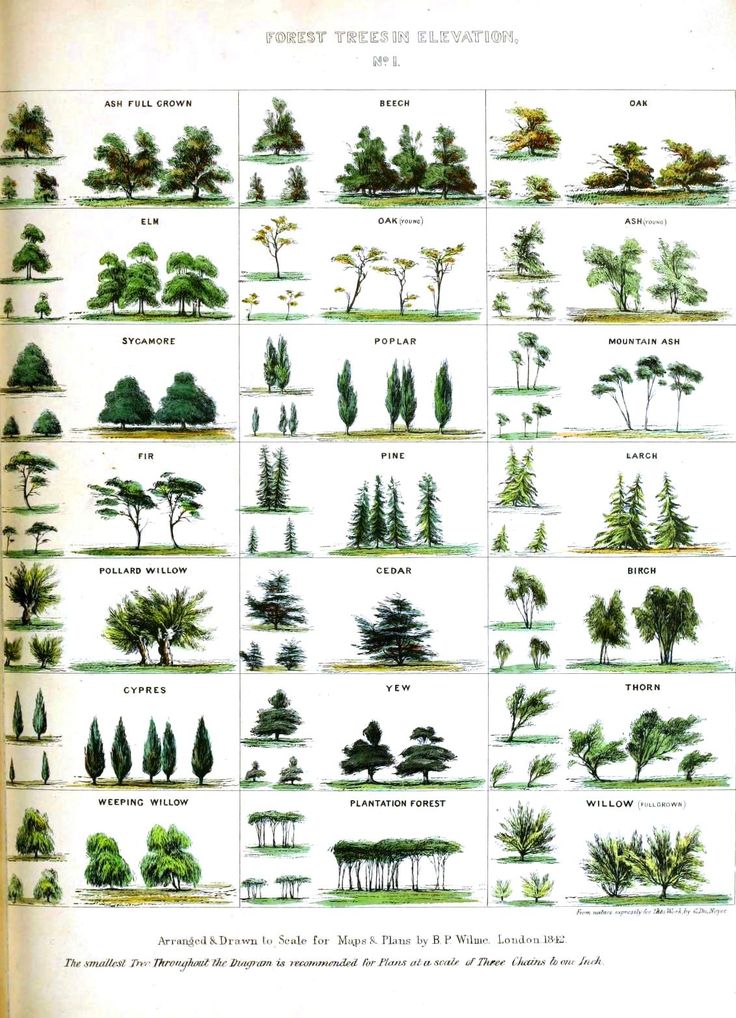 It has small green leaves of a simple structure, like a deciduous tree, as well as small, dark, hanging tufts of flowers and samara fruits. nine0003
It has small green leaves of a simple structure, like a deciduous tree, as well as small, dark, hanging tufts of flowers and samara fruits. nine0003
English oak
A key ingredient in much of Britain's modern furniture, English oak is a staple in the British countryside. In fact, it is the second most common. It has a large overhanging crown filled with complex palmate and deep lobed leaves, as well as yellow drooping catkins and the classic acorn.
Field maple
Growing unforgettable red-tipped leaves in the iconic maple leaf style, field maple shoots are compound palmate with small green buds and winged fruits such as ash. They usually grow in chalk lowlands and hedgerows, but are very popular in the garden as pollutant-tolerant trees. nine0003
Rose viburnum
Viburnum is a botanical sign of the native British trees of the ancient world; they decorate many folk songs and have three-pointed leaves, like those of a maple.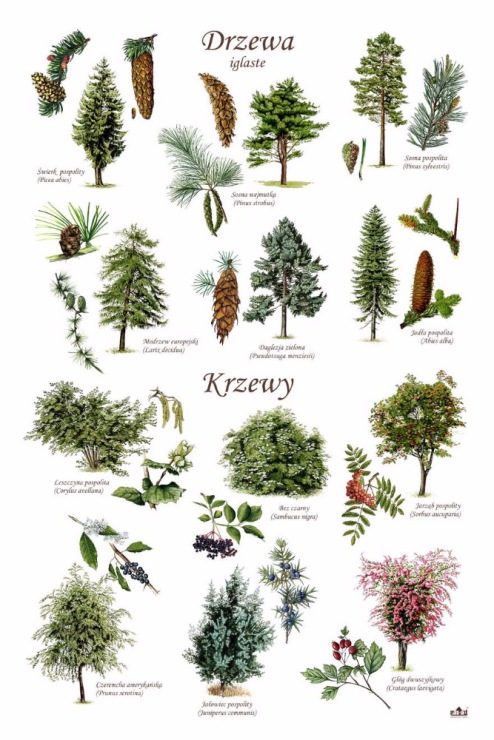 However, they also produce bright red berries and inflorescences that start as a bulb and only bloom on the outer ring.
However, they also produce bright red berries and inflorescences that start as a bulb and only bloom on the outer ring.
Hawthorn
Possessing poisonous seeds, the hawthorn tree knows how to germinate with pollinating insects as it can accommodate over 300 species of them. The tree itself can grow almost anywhere, but it will flower best in full sun. sweet-smelling flowers such as anemone and bright red hawthorn fruit. nine0003
hazel
Hazel grows the classic hazelnut we love in our spreads. And it was grown for this reason until the 20th century. Its characteristics include smooth and light brown bark, a 13 m high trunk, a wide crown, leaves with a serrated and complex palmate structure, hazelnut bud and oak neighbors.
The pinnacle of winter and Christmas, holly buds contrasting with red berries against dark green thorny leaves. And although it has foliage and blooms like a deciduous tree, it is actually an evergreen conifer that has been living in hedgerows for over 300 years. nine0003
nine0003
The hornbeam is a natural wonder standing underneath; with giant female branches that grow far and wide, as well as a twisted trunk and neighboring cousins, it dominates the forest. As a deciduous tree, it has plain green leaves very similar to the common beech.
Juniper
Juniper is our third conifer among the tree species found on British soil. It produces blue berries similar to blueberries, but they are used for smoking and not eaten fresh (they are very sour and pungent). It also has sharp needles similar to rosemary sprigs that can be found on rocky ground. nine0003
Linden (common, large-leaved and small-leaved)
The three types of lime trees are common lime, bigleaf lime and smallleaf lime. They are all deciduous trees growing up to 20 m, but the large-leaved linden has gray branches and sticky leaves, and the small-leaved linden has sweet buds. The common lime is actually a rare hybrid!
Midland Hawthorn
Midland hawthorn, very similar to hawthorn, grows in the central forests of England.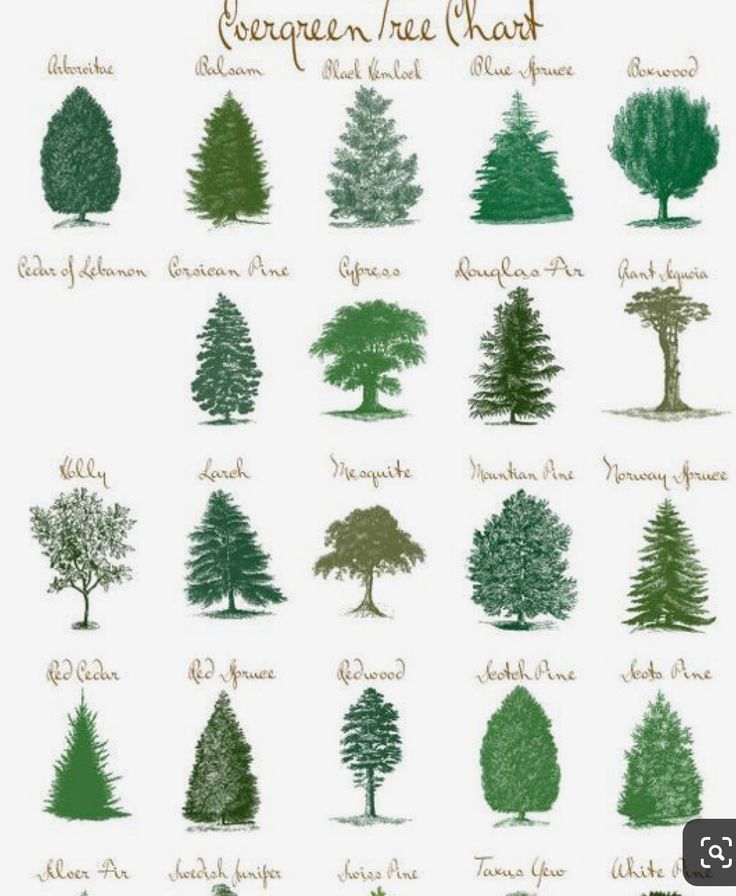 Although it has very similar white buds, the leaves are three-lobed and glossy, and the flowers open in clusters a few weeks before the hawthorn. nine0003
Although it has very similar white buds, the leaves are three-lobed and glossy, and the flowers open in clusters a few weeks before the hawthorn. nine0003
Plymouth Pear
The Plymouth Pear is one of the rarest trees in Britain and grows among hedgerows. It can grow up to 10 m tall as a deciduous tree and has pink-brown wood. However, there is one very recognizable trait; its round, pear-shaped fruits have an unpleasant odor suitable only for feeding birds.
Buckthorn cleaning
These types of trees got their name for a reason; their berries give a strong laxative effect. It is known to be an invasive tree as this deciduous tree is able to thrive in most of the conditions the UK throws at it. The leaves are pointed and shiny, the flowers are small and green, and the black berries are simply not eaten. nine0003
rowan
The temperate forest of Caledonia in Scotland is home to rowan trees. They have an incredibly fast growth rate, reaching 15 meters of maturity in just 15 years.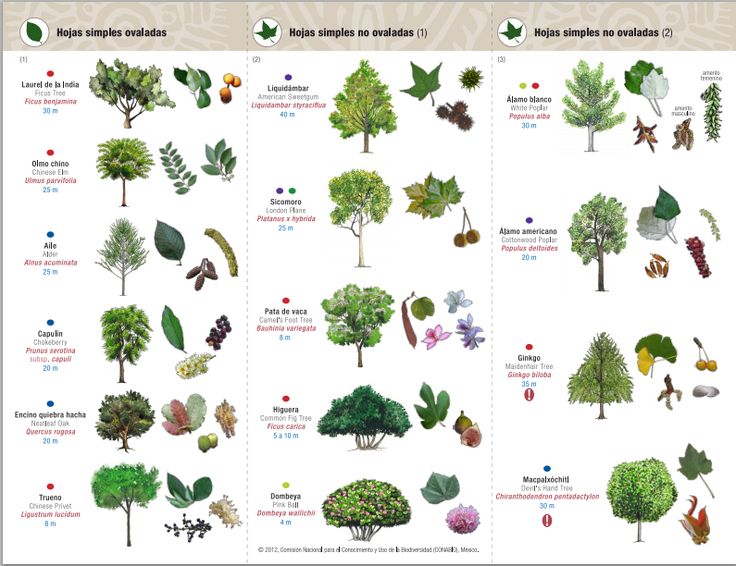 They have a compound feathery leaf structure with small leaves leading to bunches of bright red berries perfect for jams.
They have a compound feathery leaf structure with small leaves leading to bunches of bright red berries perfect for jams.
Scotch pine
Scots pine is a delightful masterpiece among natural trees. They reach 35 m in height and have been known to live for 700 years. Like conifers, they do not molt, but instead grow as polybasic twisted trunks, branching with blue-green needles and clusters of yellow anthers at the stem tip. nine0003
Rock Oak
Almost indistinguishable from English oak, sessile oak has very similar components in botanics such as lobed leaves, acorns, long and green catkins and home possibilities for 300 species of wildlife such as squirrels. However, these trees are the official national tree of Ireland.
Spindle
Being so colorful and bright with pink and orange flowers, Spindle trees are home to many insects and symbolize "happiness". Like a deciduous tree, it loses its greenery and then regains popcorn-like buds on its thin brown twigs in the spring.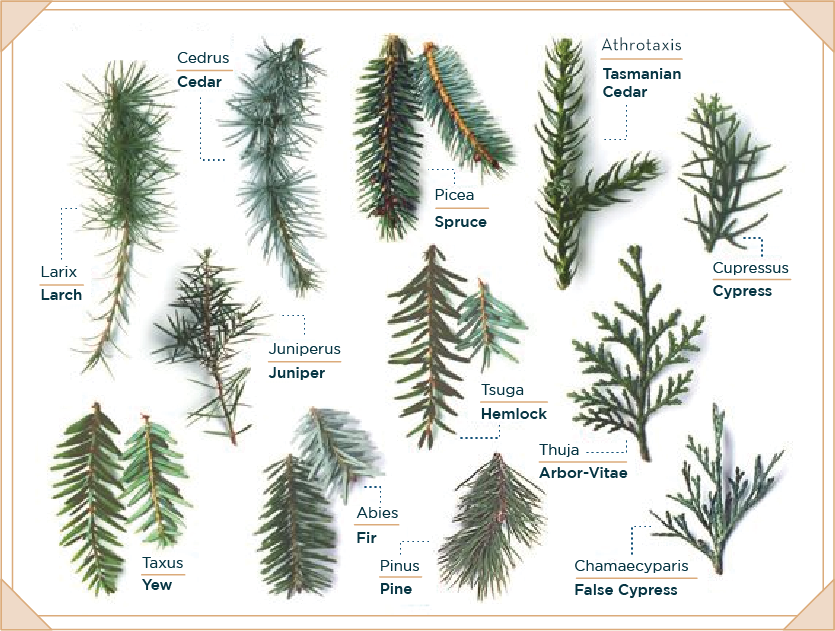 nine0003
nine0003
White Beam (Normal, Arran and Stone)
Like Lime, there are three types of White Beam: Regular White Beam, Arran White Beam and Stone White Beam. All grow in the north with long serrated leaves, cream flowers and red berries. However, the arran is a hybrid with whiter leaves, and the rock blooms like a mountain ash.
Wild cherry
Much loved by every horticultural society, the wild cherry tree brings us our sweet and sour cherry fruits, often called "Gean" in Scotland. It is another deciduous tree with long, oval and green serrated leaves growing in a simple structure up to 60 years old at a height of 30m.
Wild Service Tree
The wild service tree is now a rare plant throughout the UK. With cracked bark, thin twigs, irregularly lobed maple leaves, white summer flowers and olive-like fruits. These types of trees like to grow on clay and calcareous soils in the UK, but may represent areas of ancient forest.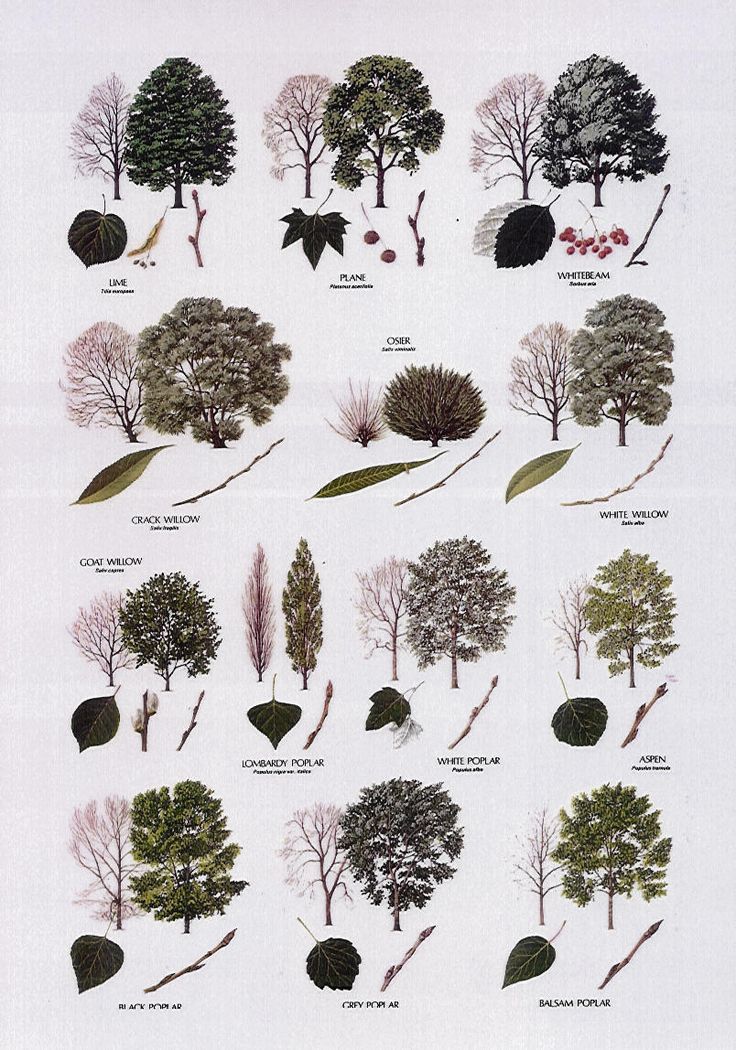
Willow (bay, fissure, goat, gray, willow and white)
Willow has the most subspecies growing in the UK; there are actually 6. But only the white willow has the majestic and romantic drooping branches that we all love. Then Crack can become like Whitebeam, Goat has the iconic white fur earrings, and Bay has leaves like the bay.
High Elm
This 30m tree only thrives for 20 years and, as a deciduous tree species, has suffered from Dutch elm disease like English elm. It has simple in structure and asymmetric leaves, as well as red-violet inflorescences at the ends of branches and Samara fruits used for the germination of gymnosperms. nine0003
Finally, there is the Yew tree. This 900-year-old miracle is ironically a symbol of death in ancient mythology. This is because its needle-like leaves are poisonous to the touch. It is one of the few conifers in native British tree botanics that bears red fruits along with yellow March flowers.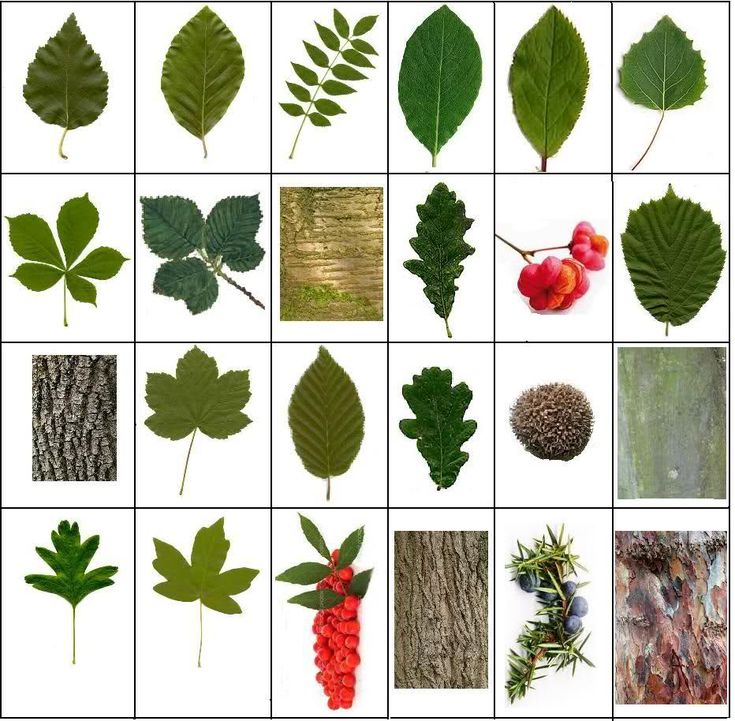
Conclusion
This concludes this guide to the types of trees, how they grow and which ones you can see deep in the garden. nine0003
Here at The Hobby Kraze, our team is full of hobby ideas, experiences, and the best advice on how to get the most out of everything. So, we love to bring nuggets of information that you can take a look at as you go on your adventures.
And we think if you liked this article, you might also be interested in these:
- The Complete Beginner's Guide to Hiking
- A Journey Through Earth's 18 Different Types of Waterfalls
- The Complete Beginner's Guide to Geocaching
- Everything You Need to Know About Making a Desert Shelter
- Earth's Great Beaches: Types, Locations and Care
Specialists of Ukrainian landscape and architectural companies unite to protect city trees from the rash actions of developers and public utilities. The Beloded Landscaping bureau reported that they are joining the initiative of ZinCo Ukraine to create a public organization, one of whose missions will be to develop standards for protecting trees during construction work, similar to those in force in the EU countries, the USA and Canada. nine0003
The Beloded Landscaping bureau reported that they are joining the initiative of ZinCo Ukraine to create a public organization, one of whose missions will be to develop standards for protecting trees during construction work, similar to those in force in the EU countries, the USA and Canada. nine0003
Why it is necessary to tighten fines and sanctions, use modern tree protection technologies in the implementation of architectural and infrastructure projects, as well as about the goals and objectives of the public organization CITY GREEN LAB - in our traditional section "Likbez" the founder of the bureau Beloded Landscaping, a full member of the Society, tells of Garden Designers (SGD) Ludmila Beloded.
Lyudmila Beloded, landscape designer, director and founder of Beloded Landscaping Bureau
Today Kyiv is the greenest capital in Europe. Are we proud? Yes. But to be honest, we were just lucky with the geographical location and climate. The full-flowing Dnieper in the city center creates a unique microclimate, one might say, ideal for most ornamental plants and trees. We have preserved a rich heritage - forest parks, two botanical gardens and an arboretum. But the pace at which we are losing our city trees is frankly frightening. In recent years, the situation has become so egregious that it has become the focus of attention not only of specialized specialists, but also of public activists. Every day, new messages appear on social networks about illegal logging, disfiguring and traumatic radical pruning. nine0003
We have preserved a rich heritage - forest parks, two botanical gardens and an arboretum. But the pace at which we are losing our city trees is frankly frightening. In recent years, the situation has become so egregious that it has become the focus of attention not only of specialized specialists, but also of public activists. Every day, new messages appear on social networks about illegal logging, disfiguring and traumatic radical pruning. nine0003
Today Kyiv is the greenest capital in Europe. We were just lucky with our heritage
We can judge the lack of real tree care by the results of each storm - branches and trunks fall on wires, cars, create a danger to people. No one protects the trees, does not heal, and does not even think about it. At the same time, we have already felt clear signs of climate change - all these abnormal downpours, reduced spring and autumn, sharp temperature drops. We urgently need to reconsider the current attitude towards urban green spaces, because it is obvious that public utilities, green building companies do not cope with the security function and are completely unprepared for urbanization and climate challenges.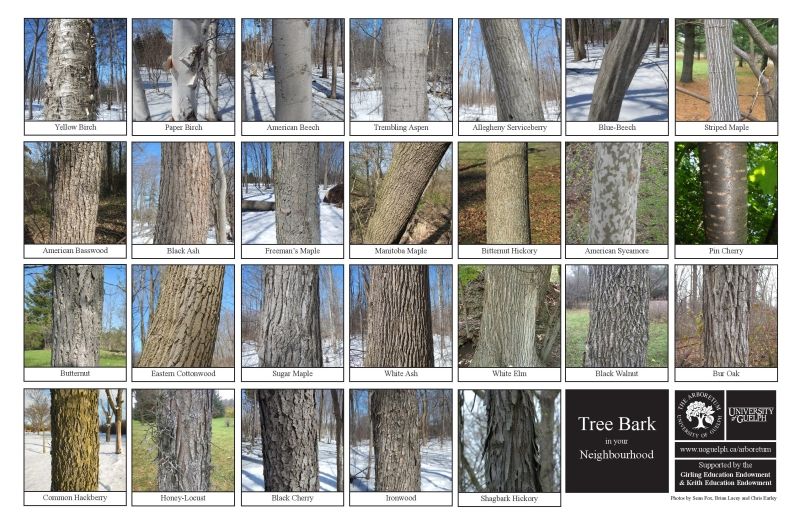 nine0003
nine0003
Large panorama of Kyiv. Photo: Yuriy Buriak. Photo source: www.pizzatravel.com.ua
So, Kyiv is lucky, and from the point of view of the authorities and public utilities, no special measures need to be taken. Whether it's Paris ... Of the capitals of the EU - the most "stone" or, as the Parisians themselves say, la minéralité. There are only 5.6 sq. m green. The effect of spot heating leads to the fact that the temperature on city streets at the peak of summer can reach +55 °C. Recently, the mayor of Paris, Anne Hidalgo, announced that the authorities are moving on to a radical city greening program - the creation of "urban forests". And in this case, even the importance of historical architecture fades into the background. The legislation has been amended to allow planting trees in front of the facades of historic buildings, which, of course, will partially obscure them. Landscaping is planned near the Hotel de Ville, the Opéra Garnier, the square in front of the municipality, Place de Lyon, the arrangement of new squares and the creation of green "oases" in schoolyards. At the same time, Anne Hidalgo, of course, coordinates his green reforms with UNESCO - the Seine embankments will be planted not with the help of large trees, but by creating flowering meadows. nine0003
At the same time, Anne Hidalgo, of course, coordinates his green reforms with UNESCO - the Seine embankments will be planted not with the help of large trees, but by creating flowering meadows. nine0003
Fountain seating or shady pavilions are Ilots de fraicheur - islands of freshness. To find the "islands of freshness" in Paris, you can use the interactive map. Photo: © GERARD JULIEN/AFP Photo source: cnews.fr
All these measures were not invented yesterday. The emergency landscaping program and the search for solutions that would protect citizens from extreme temperatures were developed by the authorities of the French capital 3 years ago. Today, about 1,000 Ilots de fraicheur have already been created in Paris - islands of coolness, pavilions equipped with a cooling system, where people can relax in the shade. The maintenance of these islands is the concern of the municipal services of the city. So the plans of the Paris City Hall open up new perspectives for architects and, above all, landscape architects. nine0003
nine0003
In 2018, Italy tightened environmental legislation and rules for the protection of green spaces. The new forestry law requires the creation of a national forest strategy, which must comply with the EU forestry principles and be updated every 5 years. "Green" strategies are also adopted at the level of municipalities. For example, in Milan they plan to plant 3 million new trees by 2030.
The authorities of Paris are moving towards a radical urban greening program - the creation of "urban forests"
In parallel with active measures to develop green farms, countries are tightening building codes and increasing penalties for their violation. In Germany, a fine for cutting down a tree can reach 50,000 euros. For comparison: according to the rates approved by the Cabinet of Ministers of Ukraine, for the destruction of a tree with a trunk diameter of 50 cm, the violator will pay compensation from UAH 1,400 to 2,800. And the destruction of a square meter of an expensive parterre lawn will cost only UAH 85.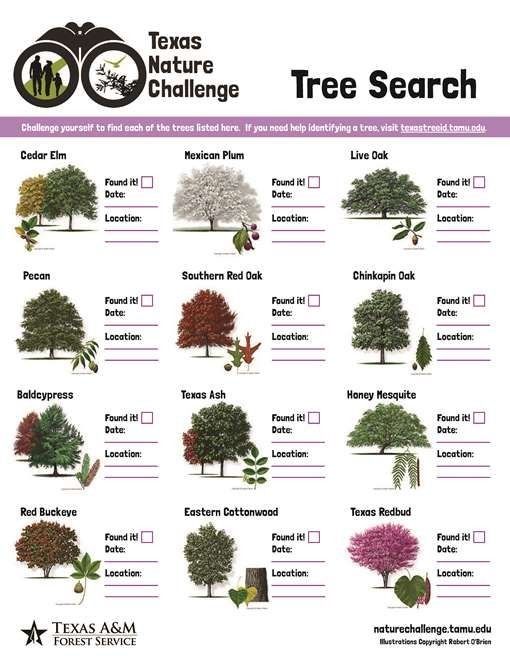 These are absolutely ridiculous amounts of compensation, given the cost of high-quality planting material and maintenance of green spaces. Decree No. 559on the amount of fines was adopted back in 1999, and the amendments were last made in 2012.
These are absolutely ridiculous amounts of compensation, given the cost of high-quality planting material and maintenance of green spaces. Decree No. 559on the amount of fines was adopted back in 1999, and the amendments were last made in 2012.
In EU countries, in order to obtain permission to remove a tree, the site owner or developer will have to go through a complex bureaucratic procedure. It is strictly forbidden to cut down trees in spring and summer when birds are making their nests. In case of force majeure, the crowns of trees scheduled for felling are protected with nets long before March to prevent birds from nesting.
Opening of the "island of freshness" on the square in front of the Gare de Lyon in Paris in 2018. Water cooling is built into the paving of the pavilion, and wooden awnings provide shade. Photo: ©GCM
In a word, the course towards maximum greening is already a stable European and global trend. In recent years, environmental and "green" parties and politicians have dramatically increased their rating in the EU countries, and somewhere they even came out on top, overtaking the nationalists and the left.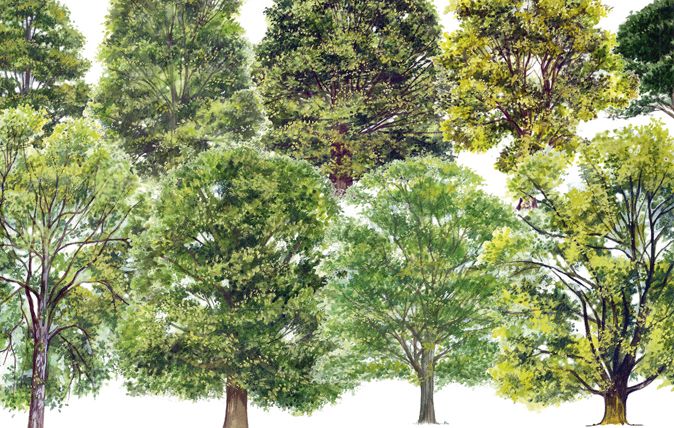 This testifies to the high demand of the population for solving environmental problems, including the greening of urban spaces. Judging by the results of the plebiscites, today the inhabitants of the EU are more concerned about climate change, which affects everyone, than even about issues of national identity. nine0003
This testifies to the high demand of the population for solving environmental problems, including the greening of urban spaces. Judging by the results of the plebiscites, today the inhabitants of the EU are more concerned about climate change, which affects everyone, than even about issues of national identity. nine0003
UK urban tree rights
The UK adopted an updated version of the standards for tree protection in construction work and planning management in 2012 (the full name of the document is Trees in relation to design, demolition and construction — Recommendation). The new standards focus on the role of green infrastructure in counteracting and adapting to climate change, as well as its importance for modern urban planning. nine0003
ZinCo Green Roof Systems in Dickens Yard, London (UK). Photo: Patrick Rogers
The standards are intended for arborists, architects, builders, engineers and landscape architects, as well as urban planners, municipal officials, surveyors and anyone interested in the harmonious coexistence of man and nature.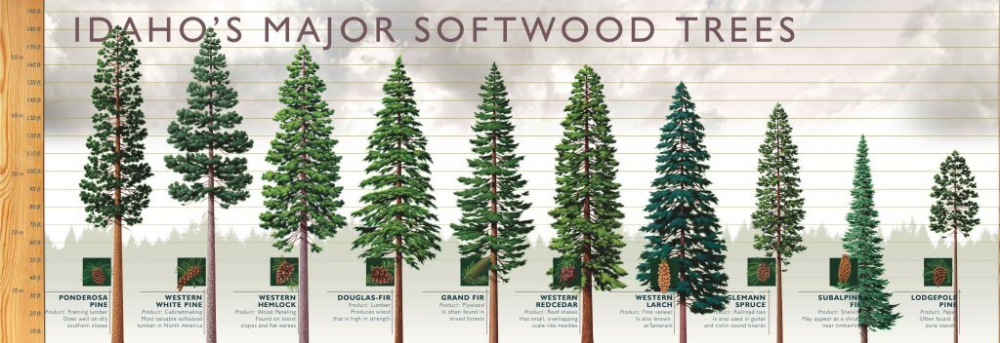 And although this document is called "recommendations", any deviation from their observance by the project customer will have to be justified. Only after that, the municipality issues a permit for construction work. Moreover: an examination of the design site with a detailed inventory and evaluation of each tree should be carried out before the start of design work. When evaluating, the expert describes not only the status quo, but also takes into account the prospect of development and growth of all elements - roots, trunk, crown. That is, the very first stage is screening and examination, and only then it is allowed to offer development plans. This document can become a model for the development of similar standards in Ukraine. Of course, adjusted for our realities. Its main provisions are clearly displayed in the table "Construction process and tree care". nine0003
And although this document is called "recommendations", any deviation from their observance by the project customer will have to be justified. Only after that, the municipality issues a permit for construction work. Moreover: an examination of the design site with a detailed inventory and evaluation of each tree should be carried out before the start of design work. When evaluating, the expert describes not only the status quo, but also takes into account the prospect of development and growth of all elements - roots, trunk, crown. That is, the very first stage is screening and examination, and only then it is allowed to offer development plans. This document can become a model for the development of similar standards in Ukraine. Of course, adjusted for our realities. Its main provisions are clearly displayed in the table "Construction process and tree care". nine0003
Design, construction process and tree care. Table for Trees in relation to design, demolition and construction — Recommendation ©British Standard 2012
According to the standards, trees and their protection are given special attention in the UK in the framework of the state planning system. It can be said that the British provided their "green partners" with unprecedented, almost civil rights, surrounding them with reverent care. This is understandable: trees are expensive, they are more often planted not as pencils, but as adult seedlings. The costs of maintaining green spaces are high and carefully controlled. nine" Kyiv jungle" on the slopes of the Dnieper. At the same time, the authorities reported - they say, it's still good that the bridge has only two, not three pillars, fewer trees were cut down ... The same situation around the concrete stairs leading from Vladimirsky Descent to the Magdeburg Law monument - there, the builders, as they say, cleared the site zero-to-zero design. And there are a lot of such examples of a barbaric attitude towards nature. nine0003
It can be said that the British provided their "green partners" with unprecedented, almost civil rights, surrounding them with reverent care. This is understandable: trees are expensive, they are more often planted not as pencils, but as adult seedlings. The costs of maintaining green spaces are high and carefully controlled. nine" Kyiv jungle" on the slopes of the Dnieper. At the same time, the authorities reported - they say, it's still good that the bridge has only two, not three pillars, fewer trees were cut down ... The same situation around the concrete stairs leading from Vladimirsky Descent to the Magdeburg Law monument - there, the builders, as they say, cleared the site zero-to-zero design. And there are a lot of such examples of a barbaric attitude towards nature. nine0003
Ukrainian designers and builders take into account the presence of trees in the first topographic surveys, and that's all - no measures are taken to protect them. There is no understanding of the need for such protection, no resources, no market for physical protection of plants - barriers, shields, structures that prevent soil compaction in the root zone. But there are technologies that make it possible to strengthen the soil while construction equipment moves around the site. These methods are also detailed in British Standards. nine0003
But there are technologies that make it possible to strengthen the soil while construction equipment moves around the site. These methods are also detailed in British Standards. nine0003
Pancras Square is a new green public space in King's Cross, London. Project designed by Townshend Landscape Architects. Photo: John Sturrock
But today, for our builders and developers, the concept of a “root protection zone” is an absolute abstraction. The concept of "sanitary zone" refers only to buildings and structures, but there is nothing that would protect trees. Root protection barriers, anti-seal geotextiles, Urban Tree Systems (systems for complex equipment of a seat from GreenMax) have just appeared on the Ukrainian market. We already include them in our projects, but each time we have to explain to customers and contractors what it is. nine0003
Or, for example, an entire chapter of the standards is devoted to the so-called veteran trees. These are especially valuable specimens that are sacred to the British. The most important are ancient, age-old plants that are home to a variety of insects, birds, lichens, fungi. Such copies belong to category A3 - that is, they enjoy the highest degree of protection from the state. This status gives them the additional function of a patron tree. Being the heart of a biota, a tree cannot be deprived of its familiar environment, that is, symbiote plants or those growing nearby are automatically protected. In the UK, there are almost 100 thousand veteran trees, while in Ukraine a little more than 2.5 thousand have the status of protected areas. This is an extremely small number, and, as environmentalists have repeatedly reported, only a few of these living biological monuments that were lucky enough to be on the territories of botanical gardens or arboretums, proper care is provided. In Europe, respect for nature has been cultivated for centuries. We, unfortunately, are deprived of such a historical skill. nine0003
The most important are ancient, age-old plants that are home to a variety of insects, birds, lichens, fungi. Such copies belong to category A3 - that is, they enjoy the highest degree of protection from the state. This status gives them the additional function of a patron tree. Being the heart of a biota, a tree cannot be deprived of its familiar environment, that is, symbiote plants or those growing nearby are automatically protected. In the UK, there are almost 100 thousand veteran trees, while in Ukraine a little more than 2.5 thousand have the status of protected areas. This is an extremely small number, and, as environmentalists have repeatedly reported, only a few of these living biological monuments that were lucky enough to be on the territories of botanical gardens or arboretums, proper care is provided. In Europe, respect for nature has been cultivated for centuries. We, unfortunately, are deprived of such a historical skill. nine0003
In Europe, respect for nature has been cultivated for centuries
In case of a conflict of interest, if the plant is very disturbing, making it impossible to carry out construction work, the authors of the standards insist that the possibilities of deviation from the architectural design be explored.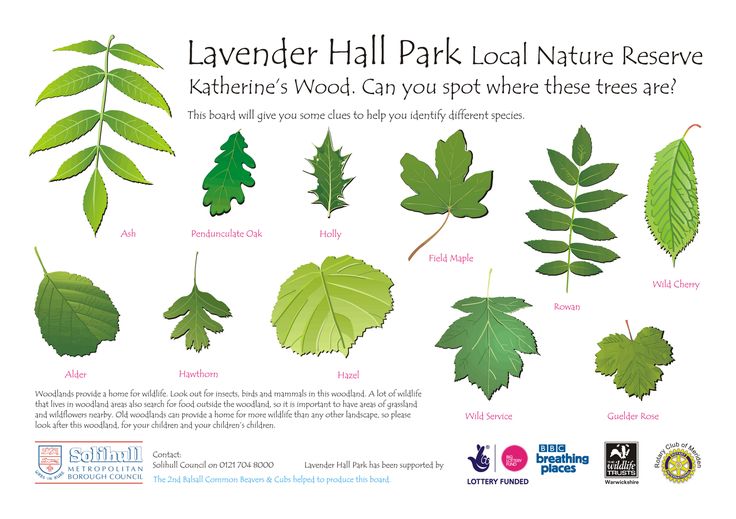 If possible, the trees are moved to another place. That is, the interests of plants are a priority! The decision on the fate of bad trees (defective, posing a threat) is made collectively. For us, this, like many other things in the British approach, seems like a fantasy. nine0003
If possible, the trees are moved to another place. That is, the interests of plants are a priority! The decision on the fate of bad trees (defective, posing a threat) is made collectively. For us, this, like many other things in the British approach, seems like a fantasy. nine0003
How many of our architects and planners know what architectural design and development must take into account so that new buildings do not disturb the insolation of the trees on the site? Well, at least this condition is also included in the British standards. Few have heard of this in Ukrainian urban design. Even in the field of private design, not every architect pays attention to insolation and the quality of plant life. We do not have standards for the “landscape design” specialization, and people who have attended a three-month course of lectures are often considered specialists. nine0003
Plaza de San Francisco in Cartagena underwent a major renovation in 2013. The authorities carefully preserved the giant ficus trees planted here in 1930.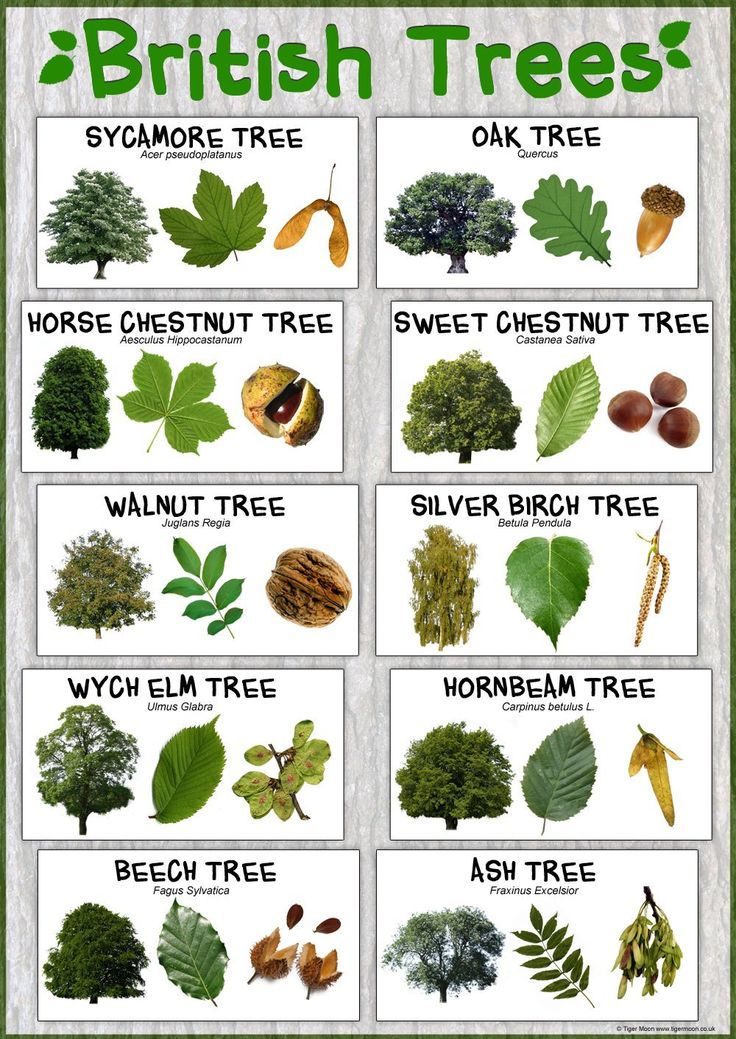 Banyan trees almost completely cover the square, creating a deep shadow. Photo: Irina Isachenko
Banyan trees almost completely cover the square, creating a deep shadow. Photo: Irina Isachenko
We at Beloded Landscaping have accumulated quite a solid experience, but never once did a customer require us to draw up a tree protection plan, even if we are talking about innovative objects. Working as a team on a project in UNIT.City, we initiated a survey of existing trees, offered to invite a phytopathologist who could give a qualified opinion on the state of several poplars on the site and measures to improve their quality of life. Our initiative was accepted with understanding, but has not yet been implemented. Very often we have to prove to the customer that in order for the tree to take root, it is necessary to replace the soil and carefully arrange the seat. nine0003
Without standards, there will be no trees
So, the answer to the question “why do we need standards to protect trees in cities?” very simple. Because we don't have such standards. And without them, perhaps there will be no trees left. In 2011, when reforming the urban planning legislation, we lost the rule that required obtaining a warrant from local governments to remove green spaces on a construction site. Draft law No. 2994 "On the introduction of amendments to certain legislative acts of Ukraine to prevent the unsupported removal of green spaces", which was supposed to return this norm in 2016, was never adopted. His opponents announced that this was supposedly an attack on reforms. In their opinion, the current regulatory framework - the Law on the improvement of settlements, the Resolution of the Cabinet of Ministers on the calculation and amount of fines - is quite enough. You can discuss a lot, verbalize, but in fact we are all witnesses to how our cities are rapidly losing their green shell. And this means that the existing legislation does not provide proper protection of green spaces. nine0003
In 2011, when reforming the urban planning legislation, we lost the rule that required obtaining a warrant from local governments to remove green spaces on a construction site. Draft law No. 2994 "On the introduction of amendments to certain legislative acts of Ukraine to prevent the unsupported removal of green spaces", which was supposed to return this norm in 2016, was never adopted. His opponents announced that this was supposedly an attack on reforms. In their opinion, the current regulatory framework - the Law on the improvement of settlements, the Resolution of the Cabinet of Ministers on the calculation and amount of fines - is quite enough. You can discuss a lot, verbalize, but in fact we are all witnesses to how our cities are rapidly losing their green shell. And this means that the existing legislation does not provide proper protection of green spaces. nine0003
Polypropylene protective covers for young rosemary seedlings, Santa Pola, Spain. Photo: Irina Isachenko
Ukrainian legislation does not allow for cultural identification, and even more so, financial evaluation of trees on the site.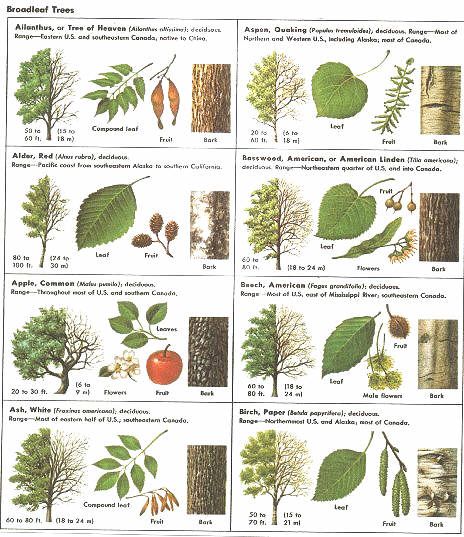 Yes, as I mentioned, there is a system of fines for cutting down green spaces. But in fact, fines can only be collected for the destruction of plants that are on the balance sheet of the green building. There are no detailed compensatory calculations. Zelenstroy employees are guided by state prices, which in our area are completely out of touch with reality. For example, what is called "large-sized" in Ukraine is considered young trees in Europe. And most often, having cut down an adult tree, utility workers plant junk-quality pencil seedlings as a replacement. They die en masse in the first year, because the plants are planted in construction waste, not watered, not treated. nine0003
Yes, as I mentioned, there is a system of fines for cutting down green spaces. But in fact, fines can only be collected for the destruction of plants that are on the balance sheet of the green building. There are no detailed compensatory calculations. Zelenstroy employees are guided by state prices, which in our area are completely out of touch with reality. For example, what is called "large-sized" in Ukraine is considered young trees in Europe. And most often, having cut down an adult tree, utility workers plant junk-quality pencil seedlings as a replacement. They die en masse in the first year, because the plants are planted in construction waste, not watered, not treated. nine0003
Options for protecting tree trunks
A protective screen that prevents damage to a tree trunk that ended up on a construction site
Next year, budget funds for landscaping are again written off, a new series of suicide seedlings is purchased. In a word, a vicious circle. Who benefits from such a vicious scheme? First of all, to officials and the leadership of green construction workers.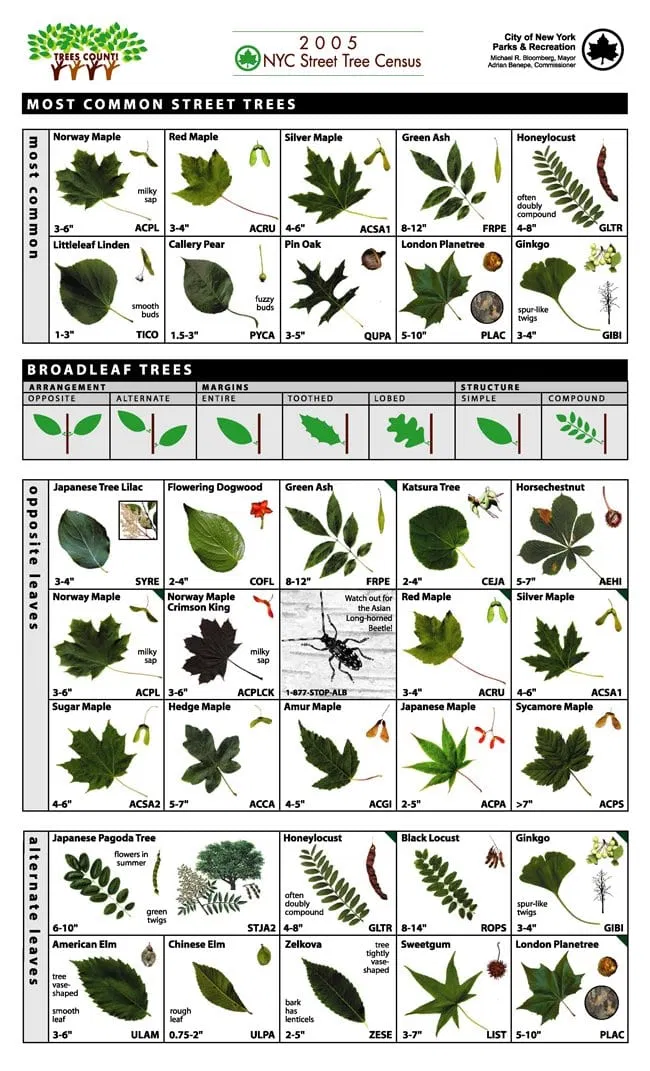 This is an excellent "wash" of budget funds, but the facts of abuse and corruption are very difficult to prove, because few people understand such a specific topic. We are accustomed to perceive nature as chaos. Therefore, no one will investigate the circumstances of the death of the tree. nine0003
This is an excellent "wash" of budget funds, but the facts of abuse and corruption are very difficult to prove, because few people understand such a specific topic. We are accustomed to perceive nature as chaos. Therefore, no one will investigate the circumstances of the death of the tree. nine0003
Long, expensive and painful
Why should activists of a public organization be involved in the development of Ukrainian standards on volunteer terms? Why are we uniting in the public organization CITY GREEN LAB, because we have more than enough work of our own? But who, if not us? Zelenstroi have lost their qualified employees and specialists. There is no qualification, no resources, and no understanding of how to correctly debug the system.
Breaking the system is long and painful. But someone has to do it, otherwise we will end up in the Stone Age
All attempts by arborists, participants in the "green" market, aimed at emphasizing and developing the theme of conservation, protection and development of trees using modern, rather than relic methods and technologies, run into a blank wall. There is no constructive dialogue with the Zelenstroyers, despite the fact that this, it would seem, is precisely their area of responsibility. They used to be guided by only one factor "it would be cheaper for us."
There is no constructive dialogue with the Zelenstroyers, despite the fact that this, it would seem, is precisely their area of responsibility. They used to be guided by only one factor "it would be cheaper for us."
So we must be prepared for the fact that we will break this system for many more years and spend a lot of effort and resources. And all this time we will continue to lose our trees. nine0003
View of Kyiv from Batyeva Hill. Photo: Yury Ferendovich
It is very difficult to convince customers to invest in protecting trees and engineering networks. It is necessary to change state building codes, dozens of regulations that also "cling" architecture. It is necessary to make changes to state building codes, including the DBN "Planning and Forgetting Territories", the Law on Improvement, the Cabinet of Ministers' resolutions on the implementation of preparatory and construction work, create electronic cadastres, and so on. We are aware that it is impossible to go through such changes in a short time.